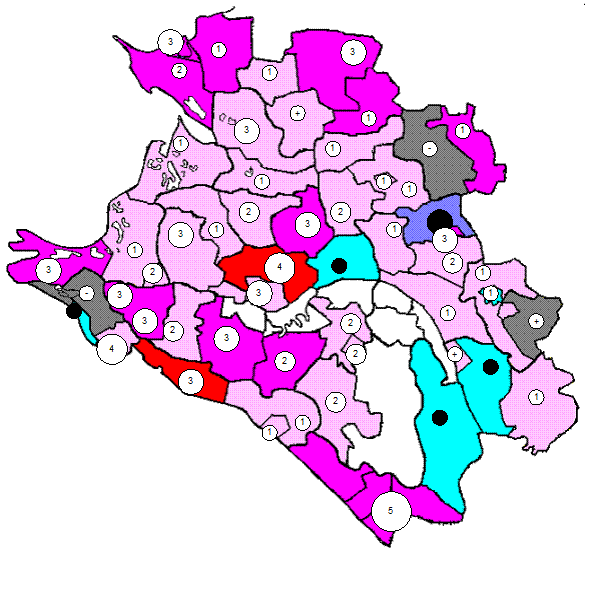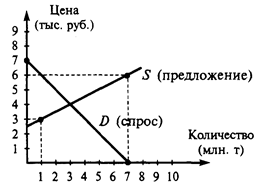The casing and cemening process
In general, the casing of oil and gas wells, whether vertical or horizontal, is accomplished in multiple phases from the largest diameter casing to the smallest. The first phase often involves the setting of conductor casing. The purpose of this casing is to prevent the sides of the hole from caving into the wellbore. It is not always necessary. After the conductor casing string is set in place, drilling continues inside the conductor casing string to below the lowest ground water zone depending upon regulatory requirements. Surface casing is then run from the surface to just above the bottom of the hole. Cement is pumped down the inside of the casing, forcing it up from the bottom of the surface casing into the space between the outside of the surface casing and the wellbore. This space is called the annulus. Once a sufficient volume of cement to fill the annulus is pumped into the casing, it is usually followed by pumping a volume of fresh water into the casing until the cement begins to return to the surface in the annular space. The cementing of casing from bottom to top using this method is called circulation. The circulation of cement behind surface casing insures that the entire annular space fills with cement from below the deepest ground water zone to the surface. While nearly all states require the circulation of cement on surface casing, it is not a universal requirement. In some states, cement is required only across the deepest ground water zone. Regardless, such variations from the circulation of cement on surface casing are still designed to ensure that ground water zones are isolated and protected from oil and gas production zones. Once the surface casing is set and the cement has had time to cure, the wellbore is drilled down to the next zone where casing will be set. In some states this results in the placement of intermediate casing. Intermediate casing is usually only required for specific reasons, such as when additional control of fluid flow and pressure is needed, or to protect other underground resources such as minable coals or gas storage zones.
The production casing is typically set into place with cement using the same method as the one used for surface and intermediate casing. In drill holes that deviate from vertical, casing centralizers like the one shown above are placed on the outside of the casing to center it in the hole. This ensures that cement will completely surround the casing. Tubing is also used under certain circumstances in some states. Typically, tubing is set into an internal seal called a packer at the bottom of the well rather than cemented in like casing.
|

 After the surface (and if needed, intermediate casing) strings are set, the well is drilled to the target formation. Upon reaching this zone, production casing is typically set at either the top of, or into, the producing formation. The placement of production casing depends on whether the well will be produced directly from the formation (“open-hole”) or through perforations in the production casing.
After the surface (and if needed, intermediate casing) strings are set, the well is drilled to the target formation. Upon reaching this zone, production casing is typically set at either the top of, or into, the producing formation. The placement of production casing depends on whether the well will be produced directly from the formation (“open-hole”) or through perforations in the production casing.


